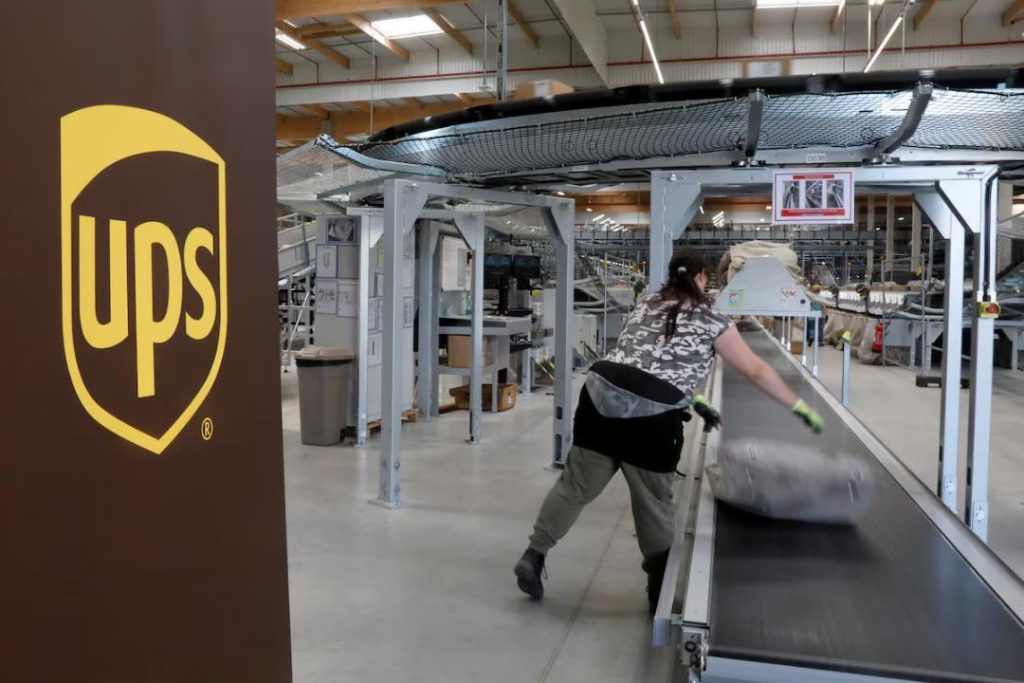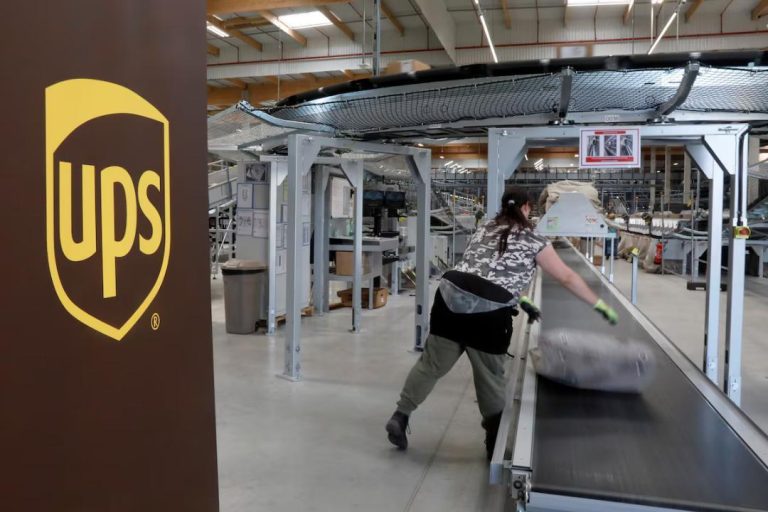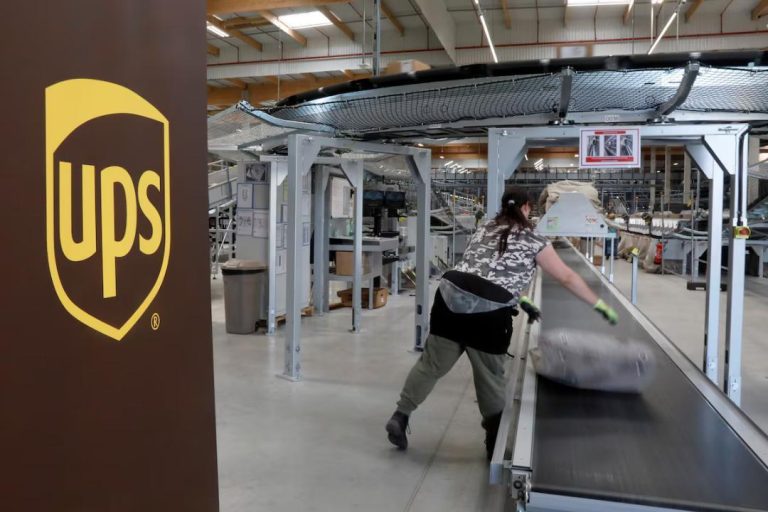
UPS to Cut 20,000 Jobs to Lower Costs and Prepare for Potential Pullback from Amazon
In a move aimed at reducing costs and preparing for a potential pullback from its largest customer, Amazon, United Parcel Service (UPS), the world’s largest package delivery firm, has announced plans to cut 20,000 jobs. The company will also shut 73 facilities as part of its efforts to reconfigure its network and reduce costs.
The job cuts, which account for approximately 5% of UPS’s global workforce, will affect employees in various roles across the company, including package handlers, drivers, and administrative staff. The layoffs are expected to be completed by the end of next year.
In addition to the job cuts, UPS will also shut 73 facilities, including sorting centers, hubs, and delivery stations, as it seeks to streamline its operations and reduce costs. The company has said that the closures will result in significant savings, although it did not provide a specific figure.
The decision to cut jobs and facilities comes as UPS faces increased competition in the e-commerce logistics market. The company’s largest customer, Amazon, has been expanding its own logistics capabilities in recent years, which has led to concerns that it may pull back on its reliance on UPS and other third-party carriers.
“The actions we are taking to reconfigure our network and reduce cost across our business could not be timelier,” said UPS CEO Carol Tome in a statement. “This is a critical step in our efforts to position UPS for success in a rapidly changing market.”
The job cuts and facility closures are part of UPS’s broader strategy to reduce costs and improve efficiency. The company has been investing heavily in automation and technology, including the use of robots and artificial intelligence, to improve its operations and reduce labor costs.
However, the moves have not been without controversy. The job cuts have been criticized by some workers and unions, who argue that the company is putting profits over people.
“This is a devastating blow to our members who have dedicated their careers to UPS,” said Chris Wagoner, president of the International Brotherhood of Teamsters, which represents many UPS workers. “The company’s decision to cut jobs and facilities will have a lasting impact on our communities and the economy.”
The news has also raised concerns about the potential impact on the economy. The 20,000 job cuts will result in the loss of thousands of jobs, which could have a ripple effect on the broader economy.
“While the job cuts may be necessary for UPS’s business needs, they will undoubtedly have a significant impact on the economy and our communities,” said Mark Zandi, chief economist at Moody’s Analytics. “The loss of 20,000 jobs will result in a significant reduction in consumer spending and economic activity.”
Despite the challenges, UPS remains one of the largest and most successful logistics companies in the world. The company has a long history of innovation and has been a leader in the development of new logistics technologies.
However, the company faces significant headwinds in the coming years. The rise of e-commerce has led to increased competition in the logistics market, and companies like Amazon and FedEx are investing heavily in their own logistics capabilities.
In order to stay ahead of the competition, UPS must continue to innovate and invest in its operations. The company has been doing just that, investing in automation and technology to improve its efficiency and reduce costs.
The job cuts and facility closures are just one part of UPS’s broader strategy to adapt to the changing market. The company is also investing in new services, such as UPS Freight, which offers same-day delivery of packages and freight.
In conclusion, UPS’s decision to cut 20,000 jobs and shut 73 facilities is a critical step in the company’s efforts to reduce costs and prepare for a potential pullback from its largest customer, Amazon. While the job cuts have been criticized by some workers and unions, they are a necessary step in the company’s efforts to stay ahead of the competition in the rapidly changing e-commerce logistics market.
News Source: https://x.com/Reuters/status/1917241258868621319



